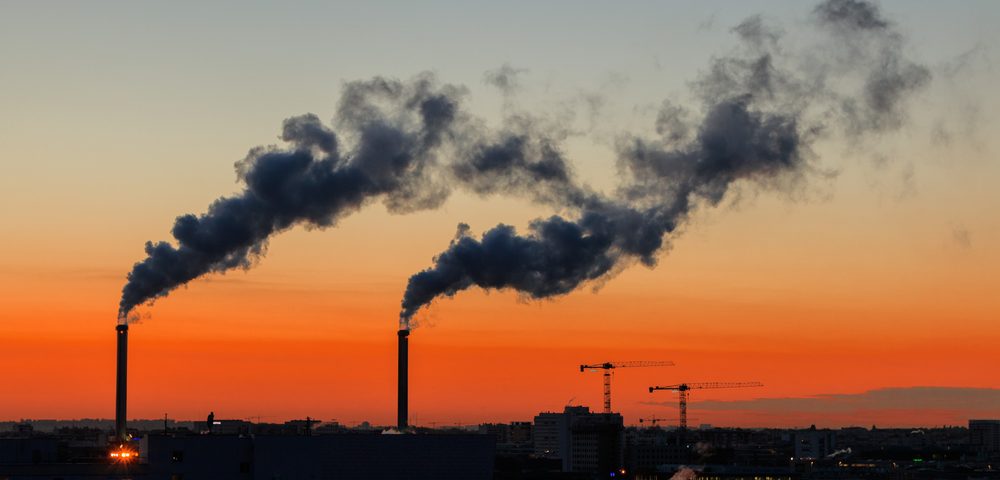Small pollutant particles and nitrogen dioxide, two of the most predominant factors in urban air pollution, worsen bronchiectasis in patients, according to European researchers.
They also found a significantly higher risk of bronchiectasis exacerbations (flare-ups) in the spring and summer, when people are more exposed to air pollution.
Their study, “The impact of acute air pollution fluctuations on bronchiectasis pulmonary exacerbation. A case-crossover analysis,” was published in the European Respiratory Journal.
For years, scientists thought bacteria and viruses were the main factors contributing to exacerbations of bronchiectasis. But pathogens often could not be identified in these patients, and antibiotics caused no improvements on the severity of the disease.
Scientists and physicians wanted to better understand the origin of bronchiectasis exacerbations.
Nitrogen dioxide, a gas that results from industrial activity, and small pollutant particles, specifically those smaller than 10 micrometers in diameter, are known to be two major pollutants present in cities’ ambient air contributing that aggravate lung diseases like cystic fibrosis and asthma.
These two pollutants had never been clearly associated with exacerbations of bronchiectasis.
Now, researchers from different European countries, including the U.K., Belgium, and Switzerland, investigated the impact of small pollutant particles (PM10) and nitrogen dioxide on the risk of bronchiectasis exacerbations.
A total of 432 patients diagnosed with bronchiectasis by high resolution computed tomography (HRCT) were included in the study. They were recruited from a specialist clinic at Ninewells Hospital, Dundee, U.K., from 2000 to 2014.
Researchers registered 6,741 exacerbations based on PM10 in 430 patients, and 6,248 due to nitrogen dioxide in 426 patients enrolled in the study.
The data demonstrated that for each increase of 10 micrograms/m3 in the levels of PM10, and nitrogen dioxide, the risk of having a bronchiectasis exacerbation increased by 4.5% and 3.2% the same day, respectively.
Throughout the time of the study, researchers found an overall increase in the risk of exacerbation of 11.2% for PM10 and 4.7% for nitrogen dioxide, when the levels of these pollutants increased by 10 micrograms/m3.
The risk of disease worsening was also found to be greater in the spring and summer, when patients spent more time outdoor and the exposure to pollutants is higher.
Of note, the risk of bronchiectasis exacerbation did not seem to be linked to the presence of Pseudomonas aeruginosa, suggesting that exacerbations are not caused by a bacterial infection.
The team was also able to demonstrate that fluctuations in the levels of air pollutants are associated with an increased risk of bronchiectasis worsening.
“This data adds to an increasing body of data that air pollution increases exacerbation risk in people with a respiratory illness,” researchers wrote.
“This presents a challenge for policymakers to address this growing problem. Further action is needed as European data indicate that current exposure to particulate matter from anthropogenic sources leads to an average loss of 8.6 months of life expectancy in Europe,” they added.

